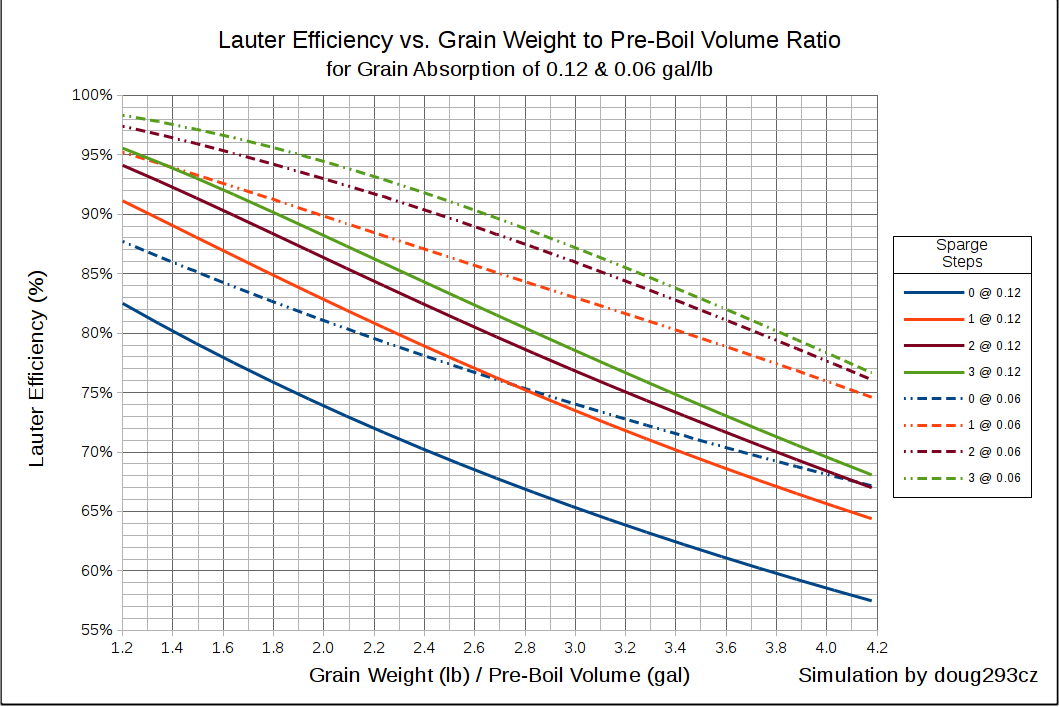mggray87
Well-Known Member
I am tackling a very high 1.100-1.104 gravity brew saturday. Never attempted this high before. My last two 7% beers were 75% efficiency all said and done. Should i roll with it and keep it at 75% or lower to 70% with recipe. I dont mind if the outcome is under the 10% and is 9 or even 8. but if im expected to see maybe a 10% drop. 70% would atleast cushion it slightly.
I plan on trying to double mill for the first time for my Brew in a basket to maybe cushion slightly.
anyway I have both ways all set up and the brewing salts for both already done. just wondering if leaving it at 75% isnt smart. I guess either way saturday Ill get an idea on my system how the High gravity BIAB is gonna work for me. full volume mash.
I plan on trying to double mill for the first time for my Brew in a basket to maybe cushion slightly.
anyway I have both ways all set up and the brewing salts for both already done. just wondering if leaving it at 75% isnt smart. I guess either way saturday Ill get an idea on my system how the High gravity BIAB is gonna work for me. full volume mash.


















![Craft A Brew - Safale S-04 Dry Yeast - Fermentis - English Ale Dry Yeast - For English and American Ales and Hard Apple Ciders - Ingredients for Home Brewing - Beer Making Supplies - [1 Pack]](https://m.media-amazon.com/images/I/41fVGNh6JfL._SL500_.jpg)





























